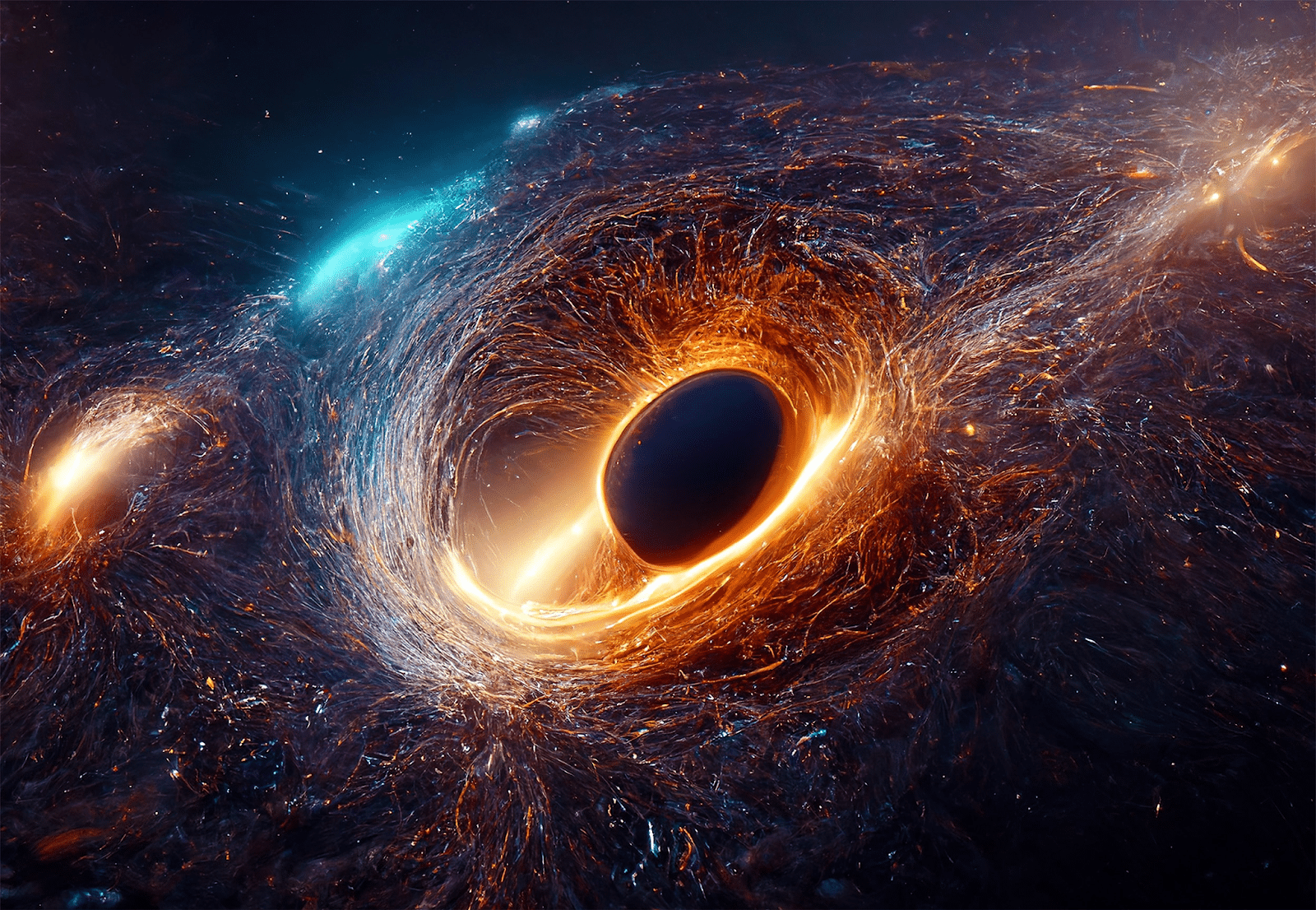From rock art to cave paintings dating back over 10,000 years, stars have been mapped by humans to enhance the understanding of celestial phenomena. Although we’ve gone far in terms of technological and astronomical advancement, these star charts give us a clear understanding of the sky above us. Here is how star charts can help us navigate space.
What do these charts look like?
Star charts represent the night sky on paper. Most sky charts feature lines that connect the stars to make shapes; the most common line shapes are the three stars of Orion’s belt, The Big Dipper, and the Great Square of Pegasus.
Courtesy: Constellation Guide
Furthermore, star charts can either have a white or dark background. White backgrounds, which depict stars with black dots, are easier to print, while dark blue or black backgrounds with stars as white dots have a more natural look.
What are star charts for?
From the name, you’ve probably deduced that these charts show what the sky looks like. Of course, this is true, but sky charts and atlases show us more than that. Star charts show different things about stars.
Courtesy: Sky&Telescope
They help us navigate the night sky better by showing us different types of stars and constellations. For example, you can spot galaxies, galactic star clusters, variable stars, double stars, and other star features, types, and sizes.
Star chart elements
Star charts feature more than dots that symbolize stars and lines that connect them. Star charts made for a specific month often show the location of planets for that month; these planets can appear anywhere on the star chart.
Courtesy: All About Space/Future
On star charts, there is usually a difference between the brightness levels of stars. While the bigger dots represent brighter stars, smaller dots suggest fainter stars. Constellation figures can also be found in star charts from the 1600s to the early 1800s.
How to use star charts
With the several figures and elements of star charts, it’s not uncommon to feel confused. The first thing is to make sure your star chart is for the current month. You have to hold the chart overhead to match the sky.
Courtesy: Future
Also, the north marker on the chart must be facing north. The center of the chart will show you the stars directly overhead, while the outer rim symbolizes the horizon. Every star chart will always have a note on what time of the night it matches best.
How accurate are star charts and atlases?
For an astronomical tool that dates back several centuries ago, it’s normal to question its authenticity in the modern day. In 2018, International Space Station astronauts tested star-sighting techniques as a backup procedure for future missions. What does this mean?
Courtesy: AVP Galaxy
This implies that the right use of star charts has been proven to be reliable in situations where high-tech fails. These charts are also used as professional tools by sea navigators whenever GPS satellite infrastructure goes down. So, yes, they’re still accurate today.







